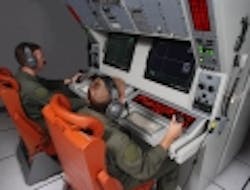Navy accepts P-3C Tactical Operational Readiness Trainers from L-3 Link Simulation & Training
Posted by John McHale

